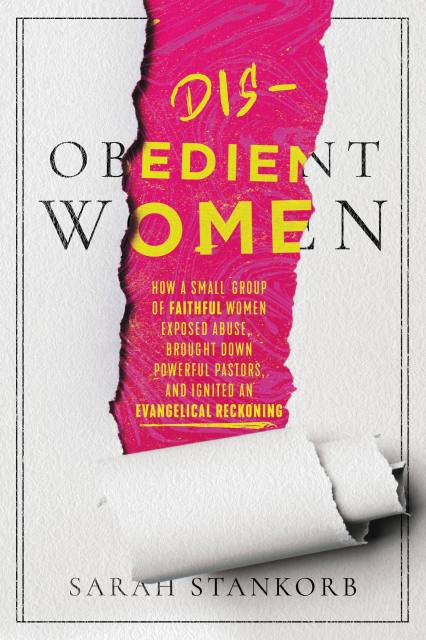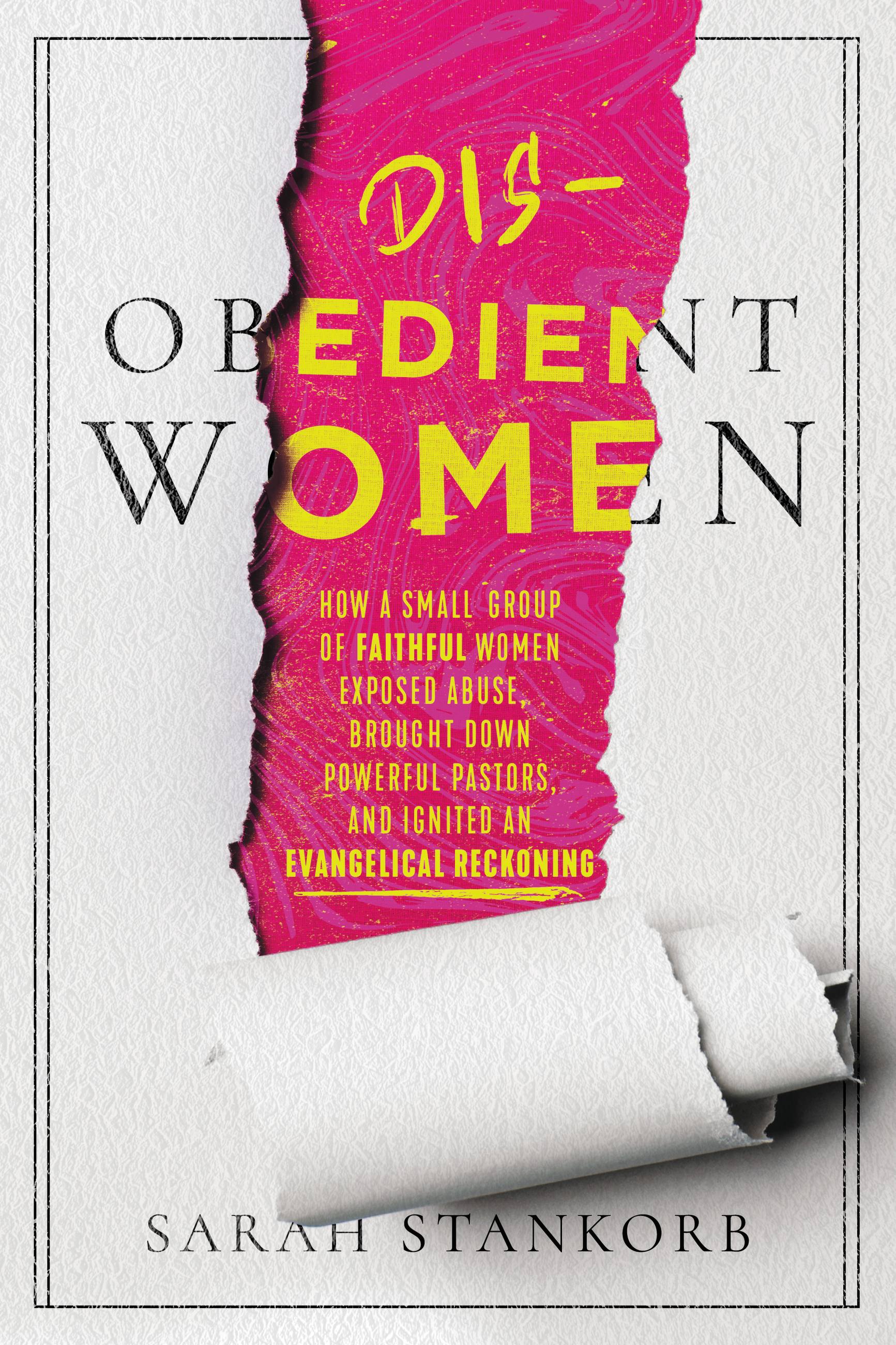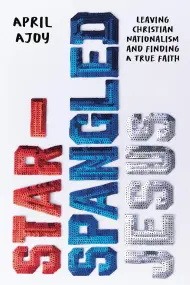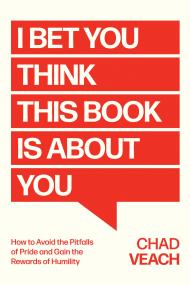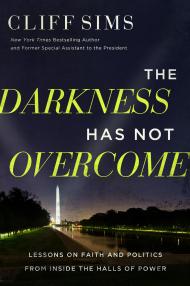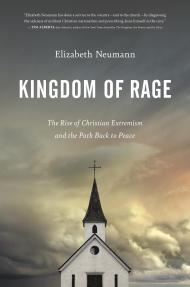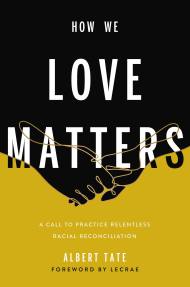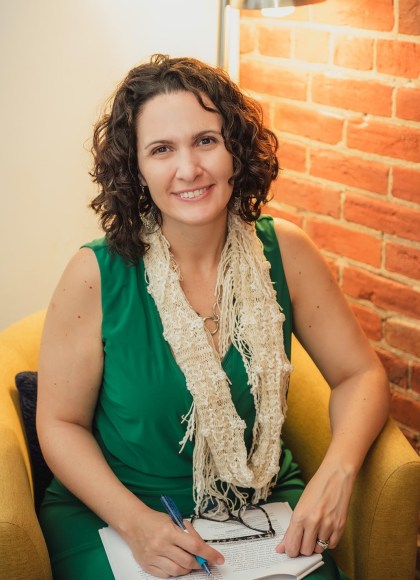Promotion
Use code BEST25 for 25% off storewide. Make sure to order by 11:59am, 12/12 for holiday delivery!
By clicking “Accept,” you agree to the use of cookies and similar technologies on your device as set forth in our Cookie Policy and our Privacy Policy. Please note that certain cookies are essential for this website to function properly and do not require user consent to be deployed.
Disobedient Women
How a Small Group of Faithful Women Exposed Abuse, Brought Down Powerful Pastors, and Ignited an Evangelical Reckoning
Contributors
Formats and Prices
- On Sale
- Aug 8, 2023
- Page Count
- 336 pages
- Publisher
- Worthy Books
- ISBN-13
- 9781546003809
Price
$27.00Price
$34.00 CADFormat
Format:
- Hardcover $27.00 $34.00 CAD
- ebook $13.99 $17.99 CAD
- Audiobook Download (Unabridged) $24.99
- Trade Paperback $18.99 $24.99 CAD
This item is a preorder. Your payment method will be charged immediately, and the product is expected to ship on or around August 8, 2023. This date is subject to change due to shipping delays beyond our control.
Buy from Other Retailers:
In this national bestseller, journalist Sarah Stankorb outlines how access to the internet—its networks, freedom of expression, and resources for deeply researching and reporting on powerful church figures—allowed women to begin dismantling the false authority of evangelical communities that had long demanded their submission.
A generation of American Christian girls was taught submitting to men is God’s will. They were taught not to question the men in their families or their pastors. They were told to remain sexually pure and trained to feel shame if a man was tempted. Some of these girls were abused and assaulted. Some made to shrink down so small they became a shadow of themselves. To question their leaders was to question God.All the while, their male leaders built fiefdoms from megachurches and sprawling ministries. They influenced politics and policy. To protect their church’s influence, these men covered up and hid abuse. American Christian patriarchy, as it rose in political power and cultural sway over the past four decades, hurt many faithful believers. Millions of Americans abandoned churches they once loved.
Yet among those who stayed (and a few who still loved the church they fled), a brave group of women spoke up. They built online megaphones, using the democratizing power of technology to create long-overdue change.
In Disobedient Women, journalist Sarah Stankorb gives long-overdue recognition for these everyday women as leaders and as voices for a different sort of faith. Their work has driven journalists to help bring abuse stories to national attention. Stankorb weaves together the efforts of these courageous voices in order to present a full, layered portrait of the treatment of women and the fight for change within the modern American church.
Disobedient Women is not just a look at the women who have used the internet to bring down the religious power structures that were meant to keep them quiet, but also a picture of the large-scale changes that are happening within evangelical culture regarding women’s roles, ultimately underscoring the ways technology has created a place for women to challenge traditional institutions from within.
-
“Journalist Stankorb debuts with an intimate and engrossing look at how a small number of evangelical women have engaged in an "Online battle" with the American evangelical church, challenging the rigid gender roles favored by ultraconservative church leaders… Sheds fascinating light on the process of deprogramming from extremist religion. Weaving in her own faith journey as the child of an abusive alcoholic father, Stankorb delivers a compassionate portrait of pain and perseverance.”Publishers Weekly (starred review)
-
"A long overdue expose of how girls and women have been the victims of institutionally protected abuse by all too many previously unaccountable leaders within the Evangelical Christian community in America... highly recommended."Midwest Book Review
-
“Filled with accounts of survivors who exposed the shocking patterns of abuse plaguing conservative Christian churches, Disobedient Women centers the voices of women who spoke truth to power and forced an evangelical reckoning. A moving testament to the courage and resilience of women who refused to stay silent.”Kristin Kobes du Mez, author of Jesus and John Wayne
-
“With meticulous reporting and deft writing, journalist Sarah Stankorb tells the story of women who despite great odds and opposition stood up to the Christian leaders and system that abused them and told them they were worthless unless they obeyed… In between the stories of survivors, Stankorb tells the story of the unraveling of her own faith and her own struggles to escape the pain of her family’s past and find a way forward.”Bob Smeitana, author of Reorganized Religion
-
“A book full of devastating honesty, active empathy, and a desire to bring what is holy and abject to light at the same time… As a seasoned reporter, she writes with candor and grace. Stankorb’s is a mature voice, but one that hasn’t lost its sense of urgency or care. The result is a work that will open readers’ eyes to the devastating effects such abuse can have on women, and hope that the more things change . . . the more they might be different next time.”Brad Onishi, author of Preparing for War and co-host of Straight White American Jesus
-
“For much of its history white evangelicalism thrived on identifying threats external to the church which served to mobilize those in the pews toward greater devotion. By elevating the brave voices of those who were sexually abused by church leaders and then ignored and abandoned, Sarah Stankorb demonstrates that one of the greatest threats to evangelical witness actually came from within. If there is a future for white evangelicalism, it must include a deep reckoning with the savage destruction caused by abuse. This story is far from over and this book is an ideal place to start the journey.”Andrew Whitehead, author of Taking America Back for God
-
"Sarah Stankorb writes with extreme empathy about generations of women who grew up in the church and are finding a way out... unwinding a mental landscape of power and sexuality that informed their entire selves. It takes incredible strength to do this, and Stankorb deeply understands each woman’s journey."Michelle Legro, editor at WIRED
-
"Sarah Stankorb takes readers through the ugliest sins and broken places of modern American Christianity, and reminds us that our country’s best heroes are those whose voices were silenced for far too long. In Disobedient Women, you won’t be spared the hard truth about religion - but you’ll also find women in whom to place your trust."Angela Denker, pastor and author of Red State Christians

